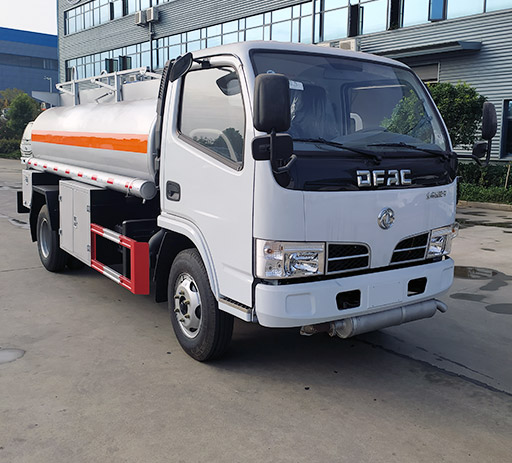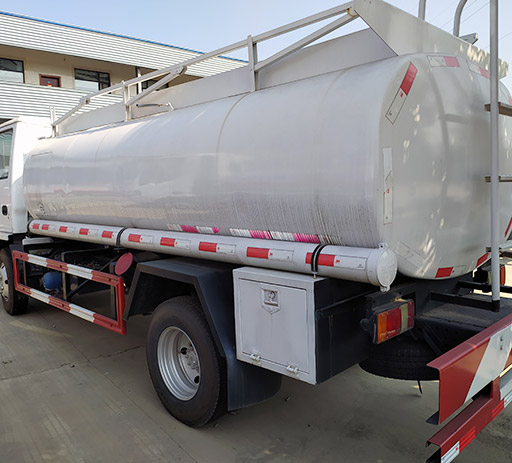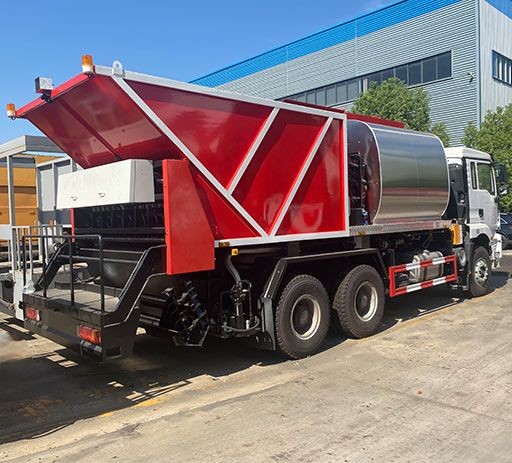Baler Trash Compactors: Maximizing Efficiency in Waste Management
Waste management is a critical component of sustainability, especially in industries that generate considerable amounts of refuse. Baler trash compactors provide an efficient solution for compressing and baling waste materials. This article delves into the various aspects of baler trash compactors, explaining their functions, benefits, and application in different sectors.
What is a Baler Trash Compactor?
A baler trash compactor is a machine designed to compress and package waste materials into dense bales. These bales can be easily stored, transported, and recycled, making this equipment vital for businesses looking to reduce waste and enhance sustainability practices. Baler trash compactors come in various sizes and configurations, suitable for different types of waste materials, including cardboard, plastics, and metals.
How Baler Trash Compactors Work
Baler trash compactors operate by mechanically compacting waste into bales using a hydraulic system. The compacted material is then tied with wire or string to maintain its shape. Here’s a step-by-step breakdown of the process:
- Feeding: Waste materials are loaded into the machine.
- Compaction: The machine uses hydraulic pressure to compress the waste.
- Baling: The compressed waste forms into a dense bale.
- Binding: The bales are tied securely.
- Discharge: The bales are ejected from the machine for storage or transport.
Types of Baler Trash Compactors
There are several types of baler trash compactors, each tailored to specific applications and materials. The primary types include:
Horizontal Balers
Horizontal balers are ideal for large volumes of waste and are commonly found in recycling facilities. They compress waste horizontally, allowing for continuous operation. These balers often handle various materials, including cardboard, plastics, and metals.
Vertical Balers
Vertical balers are more compact and suited for businesses with limited space. They require manual loading, making them perfect for smaller operations. Vertical balers are typically used for cardboard and plastic waste.
Automatic Balers
Automatic balers streamline the process by automatically loading, compacting, and binding waste materials. These machines are efficient for high-volume operations but come at a higher initial investment.
Manual Balers
Manual balers are less expensive and require human intervention for loading and operation. They are suitable for small businesses looking to minimize waste without a significant investment in machinery.
Benefits of Using a Baler Trash Compactor
Implementing a baler trash compactor in your waste management strategy offers numerous benefits:
Waste Reduction

Baler trash compactors significantly reduce the volume of waste, allowing for more efficient use of space in storage and transportation.
Cost Savings
By compressing waste into bales, companies can lower disposal costs and reduce the frequency of waste pickups.
Recycling Opportunities
With dense, uniform bales, recycling facilities can handle materials more effectively, increasing the likelihood of recycling and reducing landfill contributions.
Improved Safety

By minimizing waste volume and organizing materials, baler trash compactors can contribute to a safer work environment by reducing slips and falls associated with scattered rubbish.
Choosing the Right Baler Trash Compactor
Selecting the appropriate baler trash compactor entails several considerations:
Material Type
Determine the type of materials you will be compacting. Cardboard, plastics, and metals require different baling specifications.
Volume of Waste
Evaluate your waste generation rates to select a machine that can handle your peak volumes efficiently.
Available Space
Consider the footprint of the baler and your operational space, which may limit your options.
Budget
Establish a budget, factoring in not just the purchase price but ongoing maintenance and operational costs.
Practical Examples of Baler Trash Compactors in Action
Retail Industry
In retail environments, especially where boxes and packaging abound, vertical balers can streamline waste disposal. A grocery store might use a vertical baler to compress cardboard boxes, allowing for less frequent waste collection.
Manufacturing Sector
Manufacturers often produce considerable waste in the form of plastic wrapping and metal scraps. Horizontal balers can efficiently handle these materials, aligning with sustainability goals while reducing disposal costs.
Restaurants and Cafes
In the food industry, where organic waste is prevalent, a baler trash compactor can help manage packaging waste more effectively, leading to better recycling outcomes.
Maintenance Tips for Baler Trash Compactors
Proper maintenance is crucial to keep your baler trash compactor operating effectively and efficiently:
Regular Cleaning
Remove any debris from the machine regularly to prevent blockages and ensure smooth operation.
Hydraulic System Checks
Inspect the hydraulic system routinely for leaks or malfunctions. Keeping the hydraulic fluid at proper levels is essential for optimal performance.
Component Inspection
Regularly check components such as belts, motors, and safety switches to ensure they are functioning correctly.
Professional Servicing
Schedule annual professional maintenance to catch any potential issues early and extend the lifespan of the machine.
Environmental Impact of Baler Trash Compactors
Using baler trash compactors contributes positively to the environment by enabling better recycling efforts and reducing landfill waste. Here’s how:
Less Landfill Waste
By compacting and recycling materials, businesses can significantly reduce their landfill contributions, helping decrease the burden on waste management systems.
Resource Conservation
Recycling materials such as paper, plastic, and metal conserves resources, reducing the need for raw material extraction and processing.

Promotion of Recycling Practices
By integrating baling into waste management strategies, companies foster a culture of recycling both internally and within their communities, contributing to a more sustainable future.
Cost Analysis: Baler Trash Compactor Investment
Understanding the financial implications of investing in a baler trash compactor is essential for businesses. Here’s a simple cost analysis:
| Cost Item | Estimated Cost |
|---|---|
| Initial Purchase | $5,000 – $50,000 |
| Installation | $500 – $2,000 |
| Annual Maintenance | $300 – $1,000 |
| Disposal Savings (Yearly) | $1,000 – $10,000 |
The investment often pays off quickly through savings on waste disposal and recycling costs.
FAQs about Baler Trash Compactors
1. What materials can I use in a baler trash compactor?
You can use a variety of materials, including cardboard, plastics, paper, and metals. It’s essential to select a baler designed for the specific materials you plan to work with.
2. How do I choose the right size baler for my needs?
Consider the amount of waste you generate and the types of materials you handle. A larger baler may be necessary for high-volume operations.
3. What maintenance is required for a baler trash compactor?
Regular cleaning, hydraulic checks, and component inspections should be part of your maintenance routine. Professional servicing is also advisable annually.
4. Can a baler trash compactor reduce my waste disposal costs?
Yes, by compacting waste into bales, you can minimize the volume of waste, which often results in lower disposal costs and fewer pickups.
5. Is training required to operate a baler trash compactor?
Yes, proper training is essential to ensure safe and effective operation of the machine.
6. How does using a baler trash compactor benefit the environment?
It reduces landfill waste, promotes recycling, and conserves natural resources by facilitating the easier processing of recyclables.
